
|
|
|
| synonym |
|
| description |
Males of this species have a pronotum arching moderately (compared to the female). Males, 5.8 mm long, are a dull red color, with black on the forward part of the pronotum. The mid-dorsal translucent pale spot is broad, and there are two more transverse pale bands across the pronotum. The forewings are hyaline with a dark tip, and the legs are yellowish red. Females are yellowish, tinged with red. The female crest/pronotum is high, rising more so than in the male. Transverse bands of the pronotum are often absent, and the pronotum is long. The eyes have a reddish tint. (Kopp & Yonke 1973) |
| distribution |
Eastern and central United States, west to Colorado (Kopp) |
| abundance |
Scattered records across the state; uncommon. Seasonal distribution: 24 April-12 May (CTNC) |
| seasonal_occurrence | |
| habitat |
|
| plant associates |
Quercus falcata, Q. phellos |
| behavior |
To listen to the male courtship call for this genus, listen here. These courtship calls are not audible to the human ear, and the calls here are produced by recording the substrate vibrations that the treehoppers use to communicate through the plants themselves. The recorded call is then amplified so that it is now audible to human ears. Research has shown that treehoppers use vibrations to attract mates, to announce the discovery of a good feeding site, or to alert a defending mother to the approach of a predator (T.IM). |
| comments |
|
status |
[Native:]
[Introduced:]
[Extirpated:] | | list_type |
[Official:]
[Provisional:] |
| adult_id | Unmistakable and widely known Identifiable from good quality photos of unworn specimens
Identifiable from photos showing undersides, or other specialized views [e.g., legs, face]
Identifiable only by close inspection of structural features or by DNA analysis NULL |
| nymph_id | Unmistakable and widely known Identifiable from good quality photos, especially where associated with known host plants
Identifiable from close inspection of specimens or by DNA analysis
Identifiable only through rearing to adulthood NULL |
| G_rank |
|
| S_rank |
|
| rank_comments |
|
| tribe |
Smiliini |
| subgenus |
|
Species Photo Gallery for Cyrtolobus arcuatus No Common Name |
 | Photo by: Matthew S. Wallace
Out Of State Co.
Comment: male | 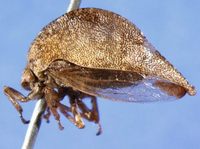 | Photo by: Matthew S. Wallace
Out Of State Co.
Comment: female |
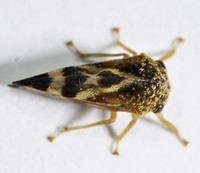 | Photo by: Rob Van Epps
Mecklenburg Co.
Comment: Came to UV light. Suburban yard near woods. | 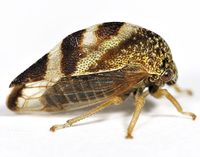 | Photo by: Rob Van Epps
Mecklenburg Co.
Comment: Came to UV light. Suburban yard near woods. |
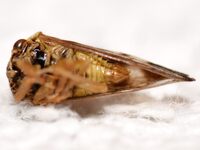 | Photo by: Rob Van Epps
Mecklenburg Co.
Comment: Came to UV light. Suburban yard near woods. Male | 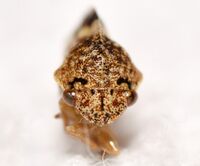 | Photo by: Rob Van Epps
Mecklenburg Co.
Comment: Came to UV light. Suburban yard near woods. Male |
 | Photo by: Rob Van Epps
Mecklenburg Co.
Comment: Came to UV light. Suburban yard near woods. Male | 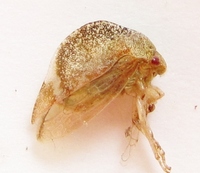 | Photo by: Ken Kneidel
Mecklenburg Co.
Comment: Stuck in Tanglefoot on a tree band on Willow Oak, female. |
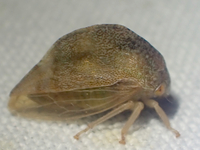 | Photo by: tom ward
Buncombe Co.
Comment: |

 »
»

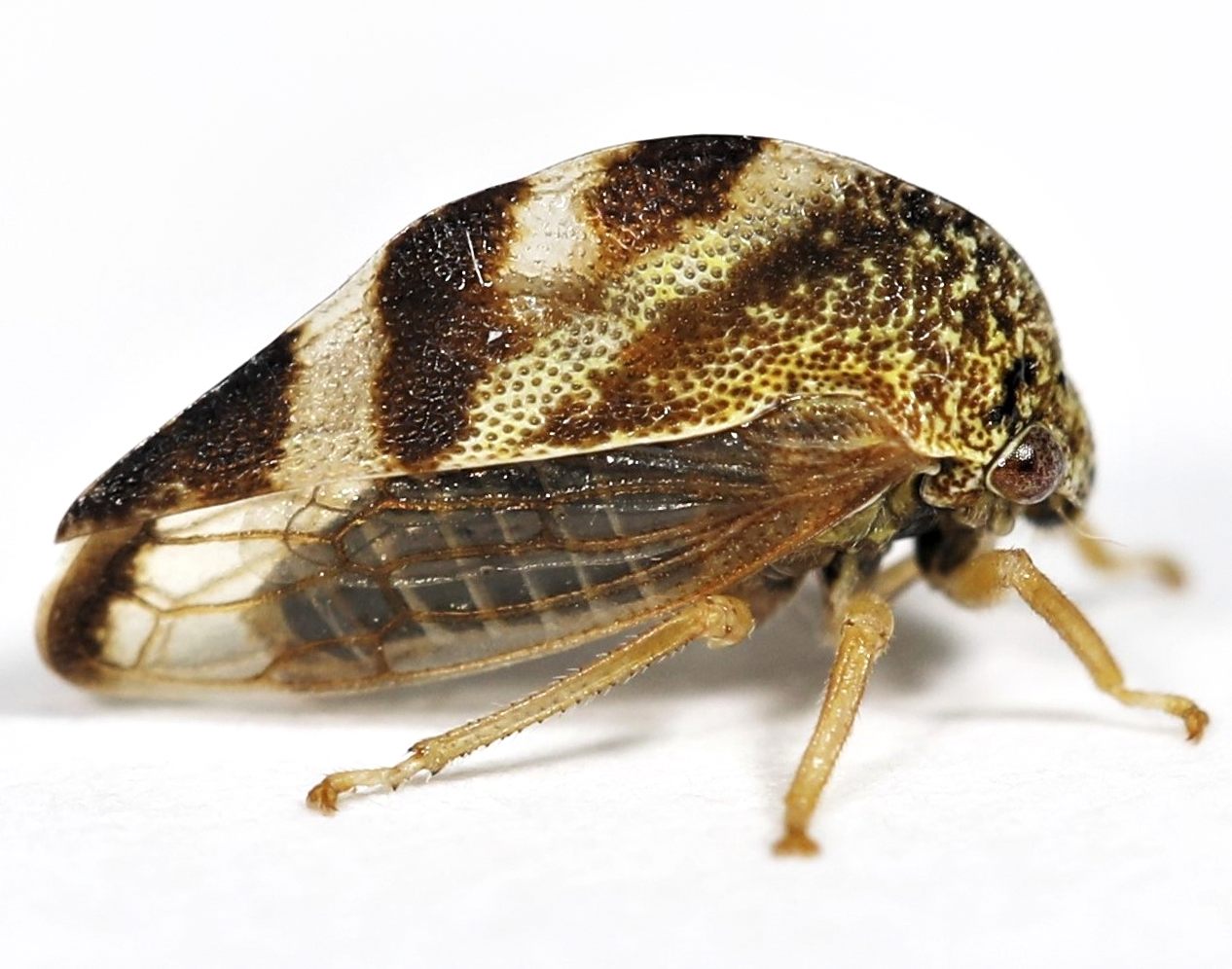

 »
»

